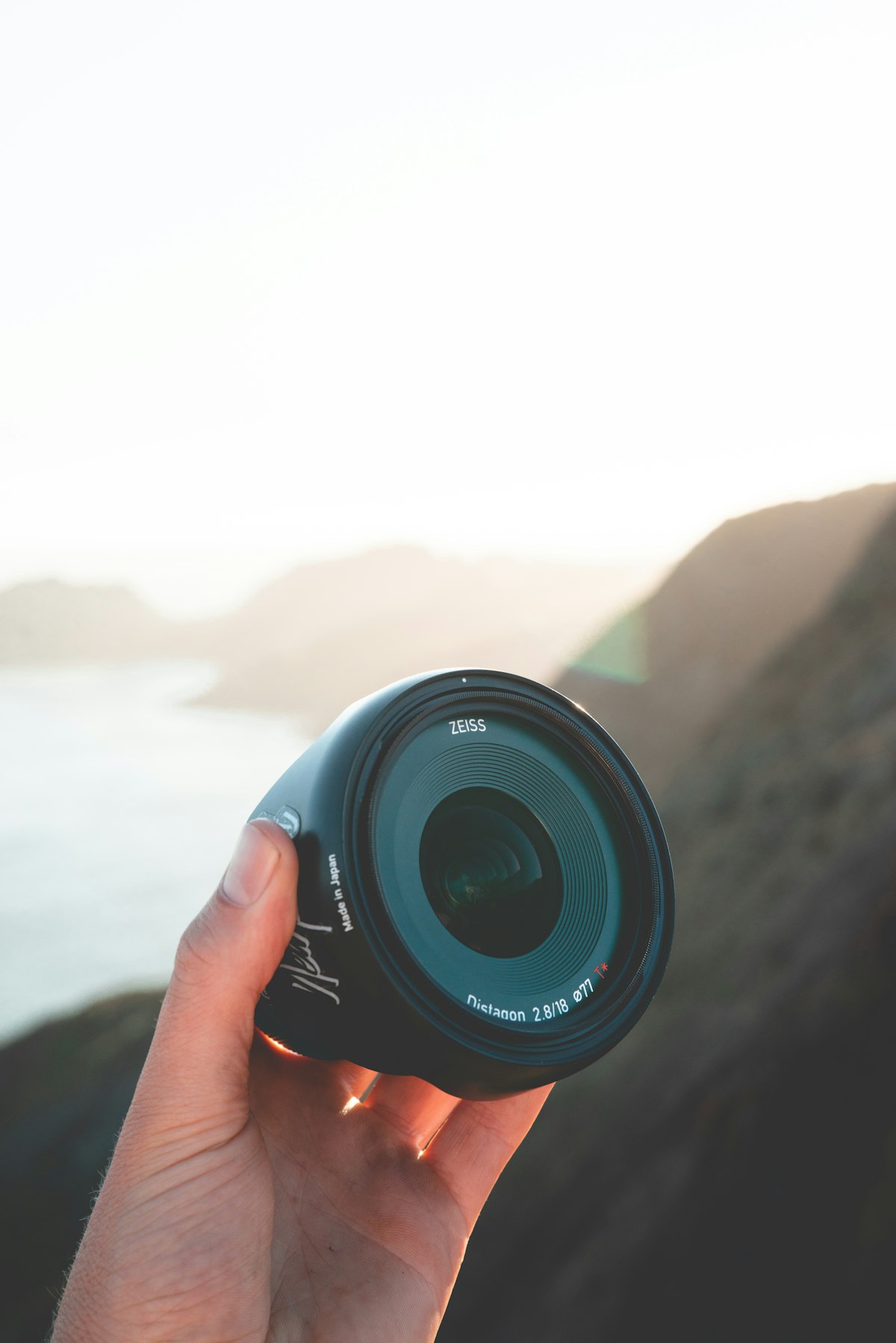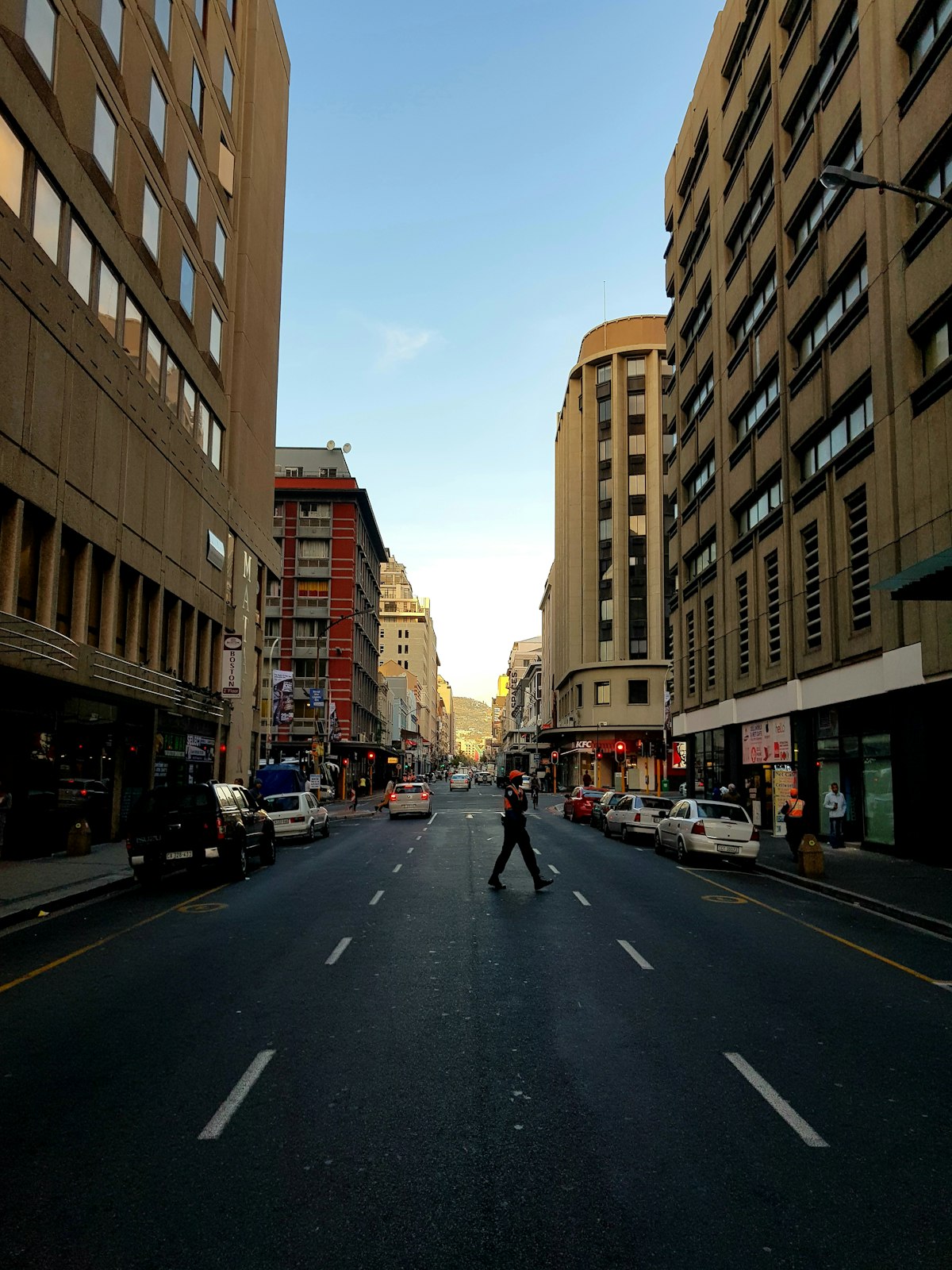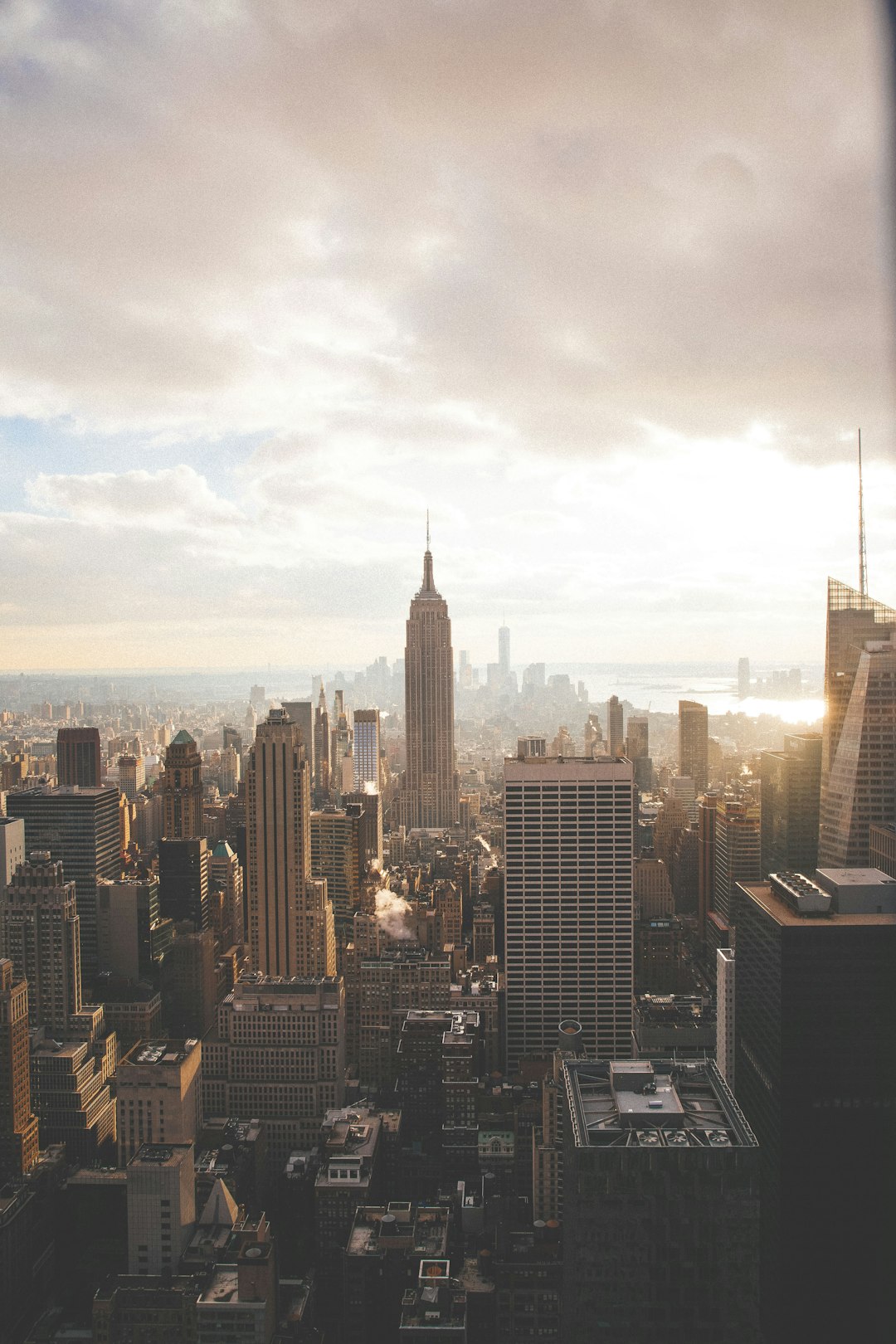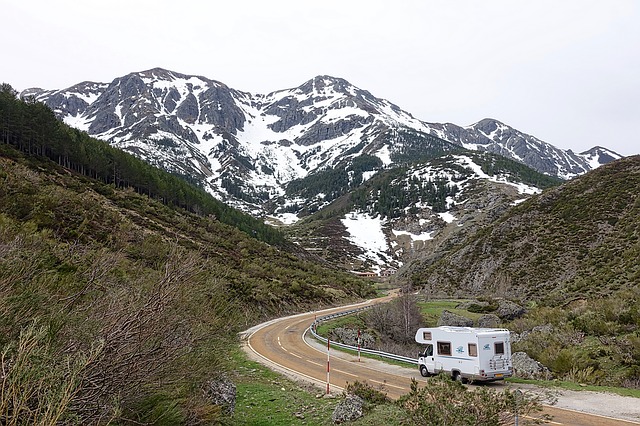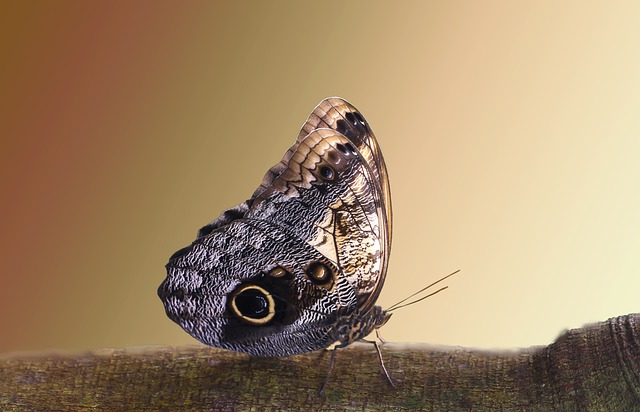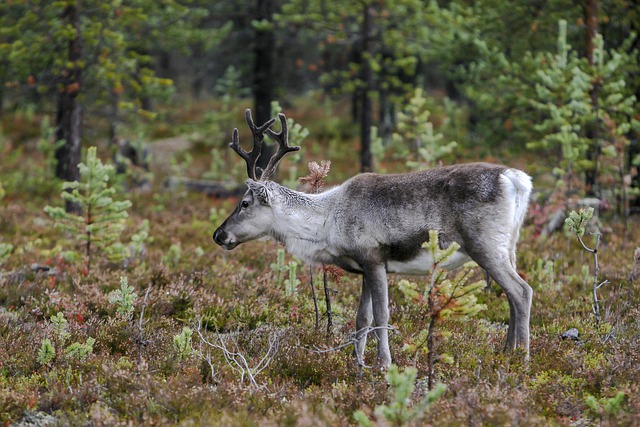
By taking up a hobby like photography, you can rid yourself of stress. If you love looking at photos and enjoy shooting them, take the time to express yourself with photos that capture things most people don’t take the time to notice. A good photograph can speak volumes to its viewers.
Choose carefully what will show in your photograph. An excellent photo will function like a little window, showing a moment in time for your subject. Do not try showing too much. You may need to make a collage of photographs in order to convey the general impression of your subject, rather than using a single generic shot.
Digital photography can be altered and manipulated in software to make them resemble traditional art forms. There is a variety of digital software available on the market, but the standard is considered to be Adobe Photoshop. With Photoshop, photos can be instantly converted to works of art by simply selecting the effect you desire.
A vital photography composition factor, is framing. Eliminate any objects that diminish the impact of your subject by either removing them or zooming in on your main focal point. You will reduce clutter in your photos and prevent unwanted focal points.
If the sky looks overcast, minimize its appearance in your picture. Showing too much gray sky in photos will make pictures appear muted. Black and white photos can work great for an overcast sky. If the sky is blue, you should put it in your photo, but be careful of the light.
There’s so many different features to play with on your camera. Make sure you adjust your colors and angles while experimenting. A good picture isn’t all about the subject, it’s also about the artistic way it is portrayed. A great picture will make an every day object look interesting and show your creativity off. Try different things to see what works for you.
Do not make adjusting your settings too complex. Learn to master one portion of the control, such as aperture or shutter speed, before you worry about the next. This way, you can concentrate on taking the shot instead of fiddling about with camera settings while your subject walks away.
When going on a trip, begin taking pictures the moment you leave. While you are sure to have lots of great instances to get great shots on location, you should consider using the entire trip as potential for unique and beautiful subjects. Do a photo journal of the journey; for example, the airport can offer a tremendous amount of inspiration for great pictures.
Your arms should be near your body when holding the camera, and make sure your hands are on the sides and bottom. Doing this minimizes the blurry shaking sometimes seen in photos. Keeping your hands under the lens and camera, instead of holding it at the top, will also help you avoid dropping the camera by accident.
When you are on a trip, snap photos of insignificant things. While you might normally skip over these types of shots, you should consider whether or not you’d enjoy seeing it again when you are revisiting the photographs from your trip. Take pictures of street signs, strange products sold in stores or even small objects, like coins or bus tickets.
Framing is an extremely important factor when it comes to photography. If you zoom in the direction of your subject, you can get rid of unwanted things in the photo. This can eliminate unwanted focal points and keep clutter in your photographs at bay.
Consider documenting your souvenirs with photography during your travels. Photograph the souvenir on the shelf in the store, or get a shot of it with the sales clerk. This creative project helps to create a more memorable connection with the objects and sights from your travels.
Memory Card
You do not have to stand utterly still when photographing a particular subject. In fact, you can and should move around to find the angle that provides the best shot. When shooting your subject, try angles from the left, right, above and even below if possible.
Practice makes perfect, so buy the largest memory card you can for you camera, and enable yourself to take a plethora of practice shots. When you have a spacious memory card, then you will be able to save all of your pictures. You can also use your camera to shoot your pictures in the RAW format, which allows for greater editing later.
A lot of cameras that are digital contain built in flashes that automatically turn on when the lighting is dim. While this type of auto-flash is perfect for point-and-shoot purposes, professional photographers often prefer to invest their cash in a separate flash unit that can be attached to the camera. To attach an external flash onto your camera, make sure it has a hot shoe on top. Then take it to a camera store, so they can help you pick out a flash that lines up with your camera.
Play with the notion of scale, perspectives and expressions. Even the simplest of objects can be viewed as works of art, if you portray it in such a way. Spend some time on your images so that you can shoot a distinct image of an otherwise ordinary object.
You can use small items to set the scene when you are photographing a wedding. You could select a close-up of the bouquets waiting on the table for an example. You may also capture some gems in the process.
Patterns have a natural ability to draw people’s attention. Patterns can make a photo interesting. They can be used to your advantage; place them in the background of a picture to add interesting angles.
Setting deliberate limitations can spark your creativity. For example, pick a day to shoot only one kind of conceptual image, such as “sweet.” Take that goal one step further, by take 100 different and unique photos of the same subject, or in confined quarters. These limitations can force you to think outside the box and create more unusual photos.
When you take a photograph, try using manual white balance. This allows you to better control and improve the atmosphere of your photos. It will take some time to learn how to adjust the white balance for the proper look; however, in the end, it will allow you to add a little creative flair to your pictures.
Lighting is one of the most important considerations when taking pictures. If you want to take pictures outside, do it early in the morning or late in the afternoon. Strong natural light casts long shadows and causes the people you are photographing to squint. You should position yourself and your subject so that the light hits your subject on the side.
Usually, you need to choose whether you’d like to expose shadows of a subject or whether you’d like to expose highlights instead. There are ways in Photoshop to do both of these things at the same time, by blending together two photographs. This can make your photo look perfect.
Try to frame every one of your shots. Not just placing a wooden or metal frame around your shots, but a “natural” one. It is possible to build a natural frame by looking for items in the picture. Doing so can help to improve composition.
Practice Shots
Although you may want to have the camera set on the lowest possible setting so that you can have more images on your card before downloading them, you should ensure that you understand exactly how much print quality you’re giving up. Use the lowest settings when you’re absolutely confident that your shots will only be on computer screens.
Get in as many practice shots as you can, especially when photographing a new environment or subject. Since the circumstances of every photography shoot are different, you can gain a better sense of the conditions by practicing with the types of shots you want to take. Even once you have begun taking your real photos, feel free to break for some more practice shots if the lighting conditions change.
Nearly any subject can look more interesting if you adjust your camera settings, shoot from an alternate angle or use different lighting. Try playing with the settings before you go and take the shot, you will then know how it will differ.
There are many brands of equipment currently available; however, you should purchase the one that is right for your budget. Most professionals can afford name brands, but you can find many quality cameras for a good price.
Play around with shutter speed. Consider using a slow speed, even as low as 1/30, rather than relying on the fastest shutter speed possible. Do you see a person riding a bicycle nearby? The result is that the bicyclist is fairly sharp yet the background is streaked horizontally, expressing speed.
Shutter Speed
Try to visualize a concept prior to actually starting to take photos. Take some time to write ideas and notes that you could use for shooting better photos. Photography is art and it really shines through when you pay close attention to all the little details that you planned out. You will be inspired and see much better results, if you take this approach.
Play around with shutter speed. Consider using a slow speed, even as low as 1/30, rather than relying on the fastest shutter speed possible. Do you see that cyclist zooming along the road? You can take a crisp picture of the bicyclist, but the blurred background will give a greater sense of speed.
Always have your images balanced. The easiest way to make all your photos look worthy of an art gallery is to keep a careful balance of all the elements in the image. Crop out distracting elements, keep the horizon level, and make sure your subject is properly framed and not in an awkward placement.
There are many shooting environments in which you do not have adequate natural light to photograph landscapes. You may not be able to find a better place. So, what are your options? You might use photo-editing software, like Adobe Photoshop, to adjust contrasting light levels.
When you know you will be snapping photos in poor lighting, bump your shutter speed up a bit. This method can prevent your poorly lit photo from looking out of focus. Instead, opt for a shutter speed between 1/200th or 1/250th of a second.
Get down to the child’s eye-level when taking a picture of them. This simple technique significantly improves the quality of your shot.
You can crop your pictures later in an editing program to make them look better. Perhaps you have a perfect picture that contains one minor flaw. Other times, the image may be perfect but the centering is off. These issues are easily remedied by clever cropping later.
Digital Zoom
You should learn as much as possible about factors that affect exposure, such as aperture, shutter speed, and film speed. Your photography will generally improve if you understand the importance of proper exposure.
Try to use optical zoom instead of digital zoom on close-up shots. Cameras will usually let you zoom closer and closer optically until the digital zoom takes over. The problem is that this compromises the overall picture quality. Digital mode will add pixels to your image and make the image quality very poor. You can disable this feature entirely if you check the manual for your camera and discover out how to do it.
Don’t rush into learning photography, and don’t try to take a picture immediately. Sometimes you need to practice patience and wait a long time for the right shot, or take many photographs to get just one really good shot. Forcing a photograph can cause blurred and disappointing shots.
Pay attention to your photos so you know whether they are under or overexposed. The histogram that is on many cameras will provide indication as to what level of exposure you are getting. This helps measure the exposure of your shots and tells you if they’re under or over-exposed to avoid repeating that error next time.
Photographing at night is a totally different subject. When shooting in low light situations, proper exposure procedures are needed. Sometimes, additional forms of lighting will need to be procured. When photographing at night, you can employ the use of slow shutter speeds and a variety of artificial lighting options.
While not everyone enjoys getting behind the camera, the ability to admire a remarkable picture is universal. Photography allows you to capture small moments to help others see the world as you see it. Photography is an interesting and rewarding activity. Sharing photographs is a wonderful way to reduce the stress in your life and to have some fun.
Photography skills will not improve unless you actually practice taking pictures. Digital photography has created many opportunities for those who might have feared testing their skills. Without fear of development costs or wasting film, you can snap freely and learn about good and bad shots.
Now you should have the foundation you need in the area of Gopro Accessories,soft down alternative pillow soft
Hospital mattress protector
DAHUA starlight Network Camera
encasement mattress protector. Keep this information in mind and you will be fine. You’ll become more successful in a very short time.






